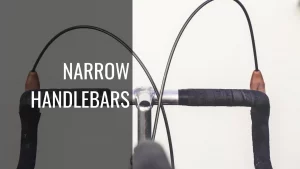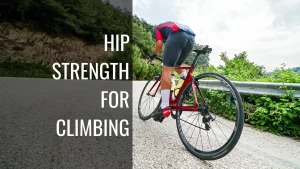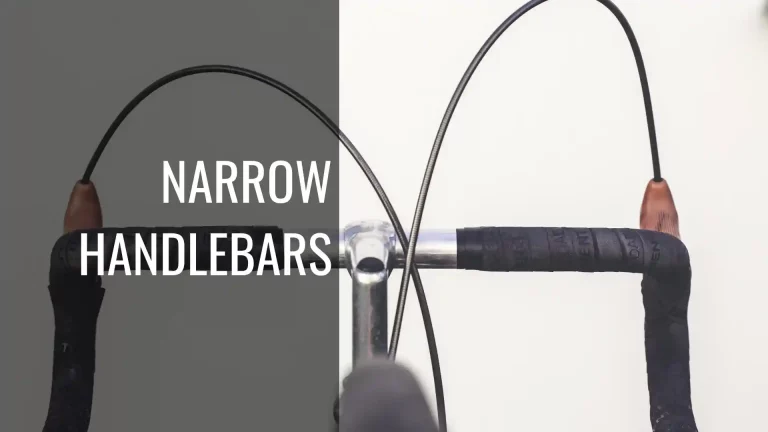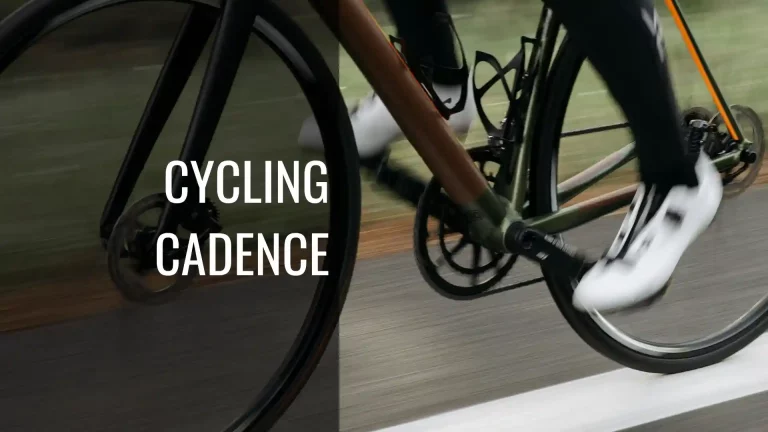
Weighted backpacks and vests within your fitness routine. Weighted backpacks offer versatility and scalable strength challenges to workouts. Let’s explore some of the common mistakes people make working out with weighted backpacks and highlight safety elements to keep in mind during your exercises.
What You'll Learn
Table of Contents
What are Weighted Backpacks?
Weighted backpacks are backpacks built to carry heavy loads. They are avaialble in several designs, with some resembling a normal backpack in appearance with the added ability for rugged performance to carry heavy weights. Others feature a vest design, with either sand or metal packets come in a variety of options. Some resemble regular backpacks, but can withstand rough use and able to carry heavy weight plates. Others resemble a vest with pockets for weights, which comprise either sand or metal packets.
Common Mistakes Made Using Backpacks with Weights
Using a weighted backpack for workouts can be highly effective in building muscular strength progressively. But staying cautious of potential for injury can help you stay safe and get the most from your weighted backpack workouts.
Since the backpack rests on the upper part of your body, you might need to watch your balance till you get accustomed to the extra weight. It’s a form of exercise that requires a a focus on form and careful progress. Below are some common mistakes people make when using a weighted pack:
1. Using Too Much Weight – One of the most common mistakes is using too much weight too soon. Overloading the backpack can put excessive stress on your muscles and joints, increasing the risk of injury.
2. Improper Weight Distribution – Failing to evenly distribute the weight within the backpack can lead to imbalances, affecting your posture and causing strain on one side of your body.
3. Ignoring Proper Form – Using poor form while performing exercises with a weighted backpack can lead to injuries. It’s crucial to maintain proper posture and technique throughout your workouts. Check out our previous post on maintaining proper form.
4. Not Securing the Backpack Properly – A loosely secured backpack can shift and bounce during exercises, which can be uncomfortable and potentially lead to injuries. Ensure the backpack is securely fastened and snug against your body.

5. Neglecting Warm-Up and Cool-Down – Skipping a proper warm-up and cool-down can increase the risk of muscle strains and stiffness. Warm up with dynamic stretches and finish with static stretches to improve flexibility. Check out the stretches you can perform before and after your workouts.
6. Failing to Hydrate – Carrying extra weight increases the demand on your body, so staying properly hydrated is crucial to prevent dehydration and fatigue. If you are doing a cardio workout, that requires extra hydration. So plan accordingly.
7. Excessive Impact Activities – Using a weighted backpack for high-impact activities like running or jumping can increase the risk of joint and ligament injuries. Start with low-impact exercises and progress gradually. Start light and increase weights gradually as you get used to the weights and and build up strength.
8. Not Listening to Your Body – Pushing through pain or discomfort is a mistake. If you experience pain during a weighted backpack workout, stop and assess the situation. Continuing can worsen an existing injury or create a new one.
9. Ignoring Rest Days – Over-training is a common mistake when using weighted backpacks. Rest days are essential for recovery, muscle repair, and injury prevention. Don’t work out with a weighted backpack every day.
10. Not Paying Attention to Terrain – When hiking or walking with a weighted backpack, not paying attention to the terrain can lead to trips, slips, or falls. Be mindful of your surroundings.
To avoid these mistakes, start slowly, focus on proper form, and gradually increase the weight and intensity of your workouts over time. It’s also a good idea to seek guidance from a fitness professional or personal trainer to ensure you’re using a weighted backpack effectively and safely.
Safety Considerations for Weighted Back Packs

As with the common mistakes to watch out for, safety is paramount when using a weighted backpack for workouts to prevent injuries and ensure a productive fitness experience. Some important safety considerations to keep in mind:
1. Proper Weight Selection – Choose a weight that is appropriate for your fitness level. Start with a lighter load and gradually increase it as you become stronger. Using too much weight too soon can strain your muscles and joints.
2. Even Weight Distribution – Distribute the weight evenly within the backpack to maintain balance and reduce the risk of straining one side of your body. Ensure that the backpack is properly packed to prevent items from shifting during your workout.
3. Quality Backpack – Use a sturdy backpack designed for carrying weights. Check the seams, zippers, and straps for any signs of wear and tear. Ensure that the backpack can handle the added weight without compromising its integrity.
4. Proper Fit – Adjust the backpack’s straps to ensure a secure and comfortable fit. Make sure the backpack is snug against your body to minimize bouncing and shifting during movements.
5. Warm-Up – Always start your workout with a proper warm-up to prepare your muscles and joints for the added stress of the weighted backpack.
6. Proper Form – Maintain proper exercise form throughout your workouts. Pay attention to your posture and body mechanics to reduce the risk of injury.
7. Progress Gradually – Increase the weight and intensity of your workouts gradually. Avoid making sudden jumps in weight, as this can strain your muscles and joints.
8. Listen to Your Body – If you experience pain, discomfort, or any unusual sensations during your workout, stop immediately and assess the situation. Pushing through pain can lead to injuries.
9. Rest and Recovery – Give your body time to recover between weighted backpack workouts. Overtraining can lead to fatigue and injury. Include rest days in your fitness routine.
10. Hydration – Stay properly hydrated during your workouts, especially if you’re sweating heavily due to the added weight.
11. Surface Awareness – Be mindful of the surface you’re exercising on. Uneven or slippery terrain can increase the risk of slips, trips, or falls.
12. Emergency Plan – If you’re exercising alone outdoors, make sure someone knows your location and expected return time. Carry a cell phone or communication device in case of emergencies.
13. Consult a Professional – If you’re new to weighted backpack workouts or have any pre-existing medical conditions, consider consulting a fitness professional or healthcare provider for guidance and clearance.
Remember that safety should always be a priority when working out with a weighted backpack. If you’re unsure about your ability to use a weighted backpack safely, consider working with a certified personal trainer who can provide guidance and design a safe and effective workout plan tailored to your specific goals and fitness level.
Benefits of a Weighted Backpack
When used with proper care and avoiding some of the mistakes listed here, weighted backpacks and vests offer many benefits.
1. Increased Resistance: Adding weight to your backpack increases the resistance of your exercises. This added resistance can make your workouts more challenging, helping to build strength and muscle mass more effectively.
2. Versatility: Weighted backpacks are versatile and can be used for a variety of exercises, such as walking, hiking, running, body-weight exercises (e.g., push-ups, squats, lunges), and even some sports-specific training. This versatility allows you to target different muscle groups and engage in a wide range of activities.
3. Functional Strength: Using a weighted backpack can help improve your functional strength, as it simulates real-life situations where you may need to carry heavy loads, such as lifting groceries, moving furniture, or backpacking.
4. Enhanced Calorie Burn: Working out with a weighted backpack can increase the intensity of your exercise, leading to a higher calorie burn. This can be particularly beneficial for those looking to lose weight or improve cardiovascular fitness.
5. Core Engagement: Carrying a weighted backpack requires core stabilization, as your body adapts to the added load. This can help develop a stronger core and improve posture.
6. Convenience: Weighted backpacks are convenient and portable, allowing you to work out almost anywhere. You can easily adjust the weight by adding or removing items from the backpack to suit your fitness level.
7. Progression: As your strength and fitness level improve, you can progressively increase the weight in your backpack, providing a way to continually challenge yourself and track your progress.
8. Cost-Effective: Weighted backpacks are typically more affordable than specialized fitness equipment, making them a cost-effective option for adding resistance to your workouts.
Proper form and avoiding overloads is critical when using weighted backpacks, as this can increase the risk of injury. Start with a manageable weight and gradually increase it as you become more comfortable and proficient in your workouts. Additionally, consult with a fitness professional or trainer to ensure you’re using proper technique and incorporating weighted backpack workouts safely into your fitness routine.
Build Your Core and Continually Improve Your Strength with Weighted Backpacks
Weighted backpacks improve body strength and add an extra challenge during workouts. Paying attention to form and safety can go a long way to ensure you get the the results you are looking for with weighted backpacks and weighted vests. Try incorporating backpacks into your exercises for challenging and highly effective workout sessions.
I hope you found this useful. Check out my other sandbag workout posts as well.

The Narrow Handlebar Trend: Aerodynamics vs. Control
The professional peloton is currently undergoing a radical ergonomic transformation about handlebars, trading the traditional “shoulder-width” standard for a narrow handlebar that is between 36cm and

Over/Under Intervals: Mastering Lactate Clearance
If you’ve ever watched a pro cyclist attack on a climb, only to settle back and recover while still maintaining a brutal pace, you’ve witnessed

Cycling Cadence: Should You Spin Fast or Grind Hard?
Cadence is something every cyclist has felt — that moment when your pedaling rhythm just clicks, and the bike seems to glide effortlessly beneath you.

E11 – Virtual Cycling Training Platforms
Gone are the days of staring at blank walls while grinding away on a stationary trainer. Virtual cycling platforms have revolutionized indoor training, transforming monotonous basement sessions into immersive, interactive experiences that rival outdoor riding.
In this comprehensive 8-minute guide, we explore everything you need to know about virtual cycling platforms—from understanding what they are and how they work to choosing the right platform for your goals, budget, and riding style.

A Guide to Virtual Cycling Platforms
Virtual cycling platforms have revolutionized how cyclists train indoors, transforming monotonous basement sessions into dynamic, interactive experiences that rival outdoor riding. Whether you’re a competitive

The Little-Known Role of Hip Internal Rotation Strength in Climbing Power
When cyclists think about climbing power, internal hip rotation strength is not even a topic of conversation. Leg strength, VO2 max, and power-to-weight ratios take precedence. Yet hip



